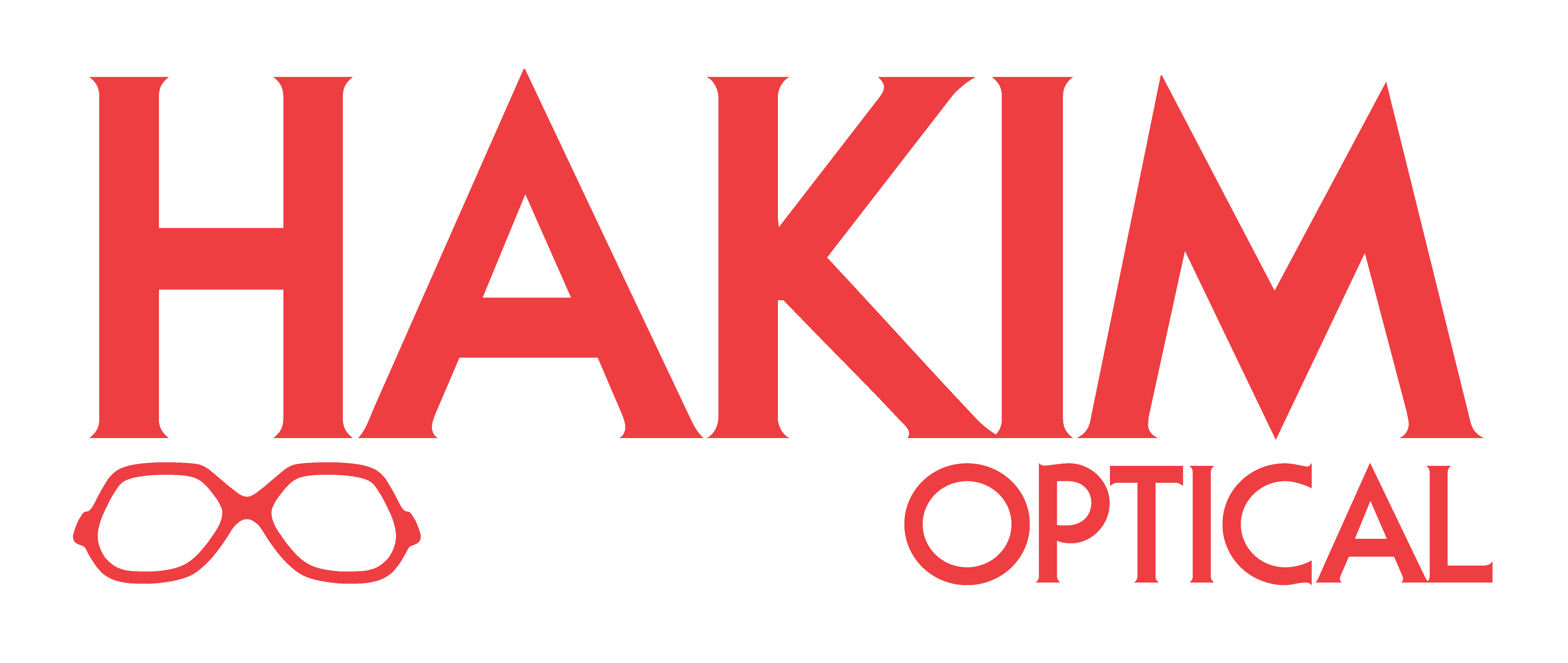Checklist for Buying New Glasses
Time to buy some new glasses? Want to know what options are available and right for you? Here are some things to consider so you’ll end up with optimal vision, comfort and style – all within your budget! First, ensure your eyes have been recently checked and your prescription is up to date – or schedule an Eye Exam if you feel your vision isn’t optimal or may have changed.
Your eye exam will usually be done by an Optometrist (Doctor of Optometry), who will examine the health of your eyes (ie check for glaucoma, macular degeneration and cataracts), write glasses and contact lens prescriptions, and refer you to and work with other specialists if necessary (such as Ophthalmologists, who are doctors/surgeons specializing in eye diseases). Do you need an optometrist? Find one near you.
For your eye exam, you will likely be asked about your family medical history (as it pertains to eye health) and your medical history, including current medications. Bring your current prescription eyewear including glasses and contact lenses with you to your appointment. Also ask in advance if your eyes may be dilated as part of the exam, as this may temporarily blur your vision somewhat for an hour or more and make you sensitive to bright lights or sunlight. If so, you may wish to bring sunglasses and have someone else drive you home.
Once you have your prescription, you’re ready to go shopping! Your Optician will fill your lens prescription, and can advise you on the most suitable frame types for you and the various lenses/ coatings available. Opticians are not licensed to write lens prescriptions or do eye exams, although they can do simple vision tests. Find a store location near you.
Some points to consider when shopping for your new glasses:
- What did you like/not like about your current frames/glasses?
- For what types of situations will you be using your glasses ie computer work, driving, reading, watching television, sports?
- Do you have a high index prescription (ie are you very near or far-sighted?). If so, ultra-thin lenses (known as High Index Lenses) may be useful for you.
Progressive Lenses
As we get older, our eyes’ ability to quickly focus on objects near to us lessens. This is called Presbyopia and it happens to just about all of us – especially after 40. You may notice that you can still see clearly at distances through your glasses but hard (if not impossible!) to read anything up close. You may find yourself moving a book further away or moving your glasses down your nose to see clearer. Or taking your glasses off altogether in frustration.
To correct this problem, Progressive Lenses have three different lens prescriptions – and three different levels of vision correction in each third of each lens (from top to bottom), so that you can see clearly at a distance, near distance and close up (ie reading). Essentially they’re trifocals without any visible lines. You can drive a car, walk down the street, look at your smartphone or map or read a restaurant menu – and see crisply and clearly all with the same pair of glasses!
Single Vision Lenses
Chances are, if you’re under 40, you’ll likely need Single Vision glasses, which have the same lens prescription – and same level of vision correction – over the entire piece of specialty glass (or plastic, if that’s the material you’ve chosen). Or you may wear contact lenses and simply need a pair of Single Vision glasses to wear with your contact lenses for reading and/or computer work.
Single Vision and Progressive Lenses are available in both Plastic and Specialty Glass. We also carry the latest selection of Ultra-Thin Digital Lenses so that even those who have high prescriptions can have lightweight thin lenses!
Glass Lenses offer some of the clearest, sharpest, thinnest lens options available. They’re also more scratch resistant and will always be thinner than Plastic Lenses. They’re also what most Progressive Lenses are made of. They break easier than plastic, so they’re usually not recommended for children, sporting activities and certain work activities like welding,
Grinding glass lenses used to be done by hand. At Hakim Optical, we use special machines guided by computers where we input your person vision measurements – like the size and shape of your glasses, exactly where your pupils are positioned in each lens and up to X more measurements. Then the computer guides state-of-the-art lens surfacing equipment to provide you with the highest level of lens customization available over the entire surface of the lens! You’ll truly have the best vision with our Digital High Definition Lenses.
Plastic Lenses are lighter, don’t splinter, and are much more impact resistant than glass – so much safer for children and sporting activities. You can also add more colored tints than with glass. On the flipside, they can only be made in Single Vision Lenses (John is this true?) and tend to be thicker than glass lens options at higher prescriptions. They are also less scratch resistant than glass, but you can add one of our special coatings to help offset this.
Show off your new eyeglasses and join the fun on Instagram & Facebook by using the
hashtag #HakimOptical and tagging us for a chance to be featured.
